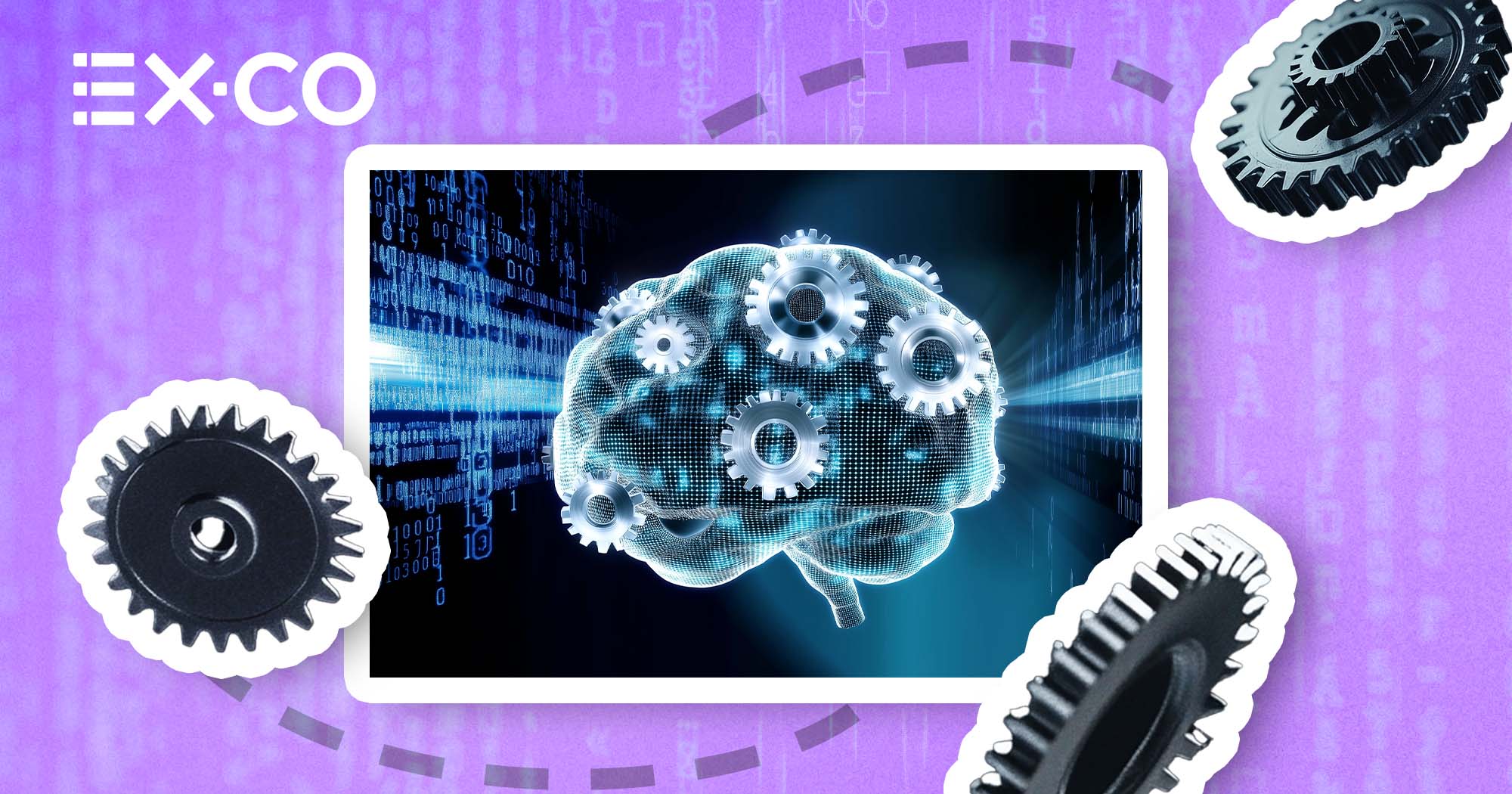“Look to my coming at first light on the fifth day. At dawn, look to the East.”
—Gandalf the White, The Two Towers
The media industry is going through serious turbulence. User expectations and content habits are shifting rapidly, audiences calling for privacy, third-party cookies in flux, and ad revenue is fragmented. As a result, publishers, advertisers, and digital platforms are rethinking how they operate. In the midst of all of this, machine learning (ML) has moved from behind-the-scenes to the forefront—now playing a central role in how decisions are made across the ecosystem.
Everywhere we go, we see and hear AI this, and AI that. From finance and healthcare to fashion—and even AI-generated wedding vows. Buzz aside, there’s an actual transformation happening.
In this post, I’ll share how we’re seeing and shaping machine learning as it transforms the media and publishing space. Not as a gimmick but as a force arriving during a time of need.
Not unlike a certain wizard—riding in, and yes, actually helping.
From basic rulebooks to real-time learning
Like in many industries, traditional programming in media was built on hardcoded rules—“If this happens, then do that.” And for a while, it worked. Until the game sped up. Audiences became more splintered, content more complex, and environments more dynamic. Eventually, those static systems started falling behind.
Machine learning flips the script. Instead of relying on rigid rules, we are building systems that learn from behavior, adapt to context, and evolve as conditions change.
In practice, this means content and video recommendations evolve with reader behavior, and algo ad bidding systems shift dynamically to live market signals. And it’s all happening at a massive scale and in milliseconds.
Integrating decision-making ML with LLMs
The rise and accessibility of large language models (LLMs) is shaping how many media systems operate—well beyond chatbots and virtual assistants.
Today, LLMs are becoming part of the foundational infrastructure across both content and advertising stacks. They help analyze page content, extract summaries, and enrich metadata—enabling more accurate contextual targeting.
But their impact doesn’t stop here. When LLMs are integrated with broader machine learning systems, their potential expands—transforming not just how content is understood but how it’s created, distributed, and personalized. Here are just a few ways that’s happening:
- Recommender systems for video and article pairing: ML models scan site content to surface relevant video pairings—sometimes feeding suggestions to editors, and other times running autonomously without manual intervention—enhancing engagement.
- Personalized user experiences: Machine learning adapts homepage layouts, story placement, and UX elements in real-time, tailoring the experience to users preferences.
- Elevating internal workflows: From accelerating editorial processes and streamlining content creation—through drafting, summarizing, and refining—to supporting campaign planning and automating tasks that boost productivity.
ML in ad tech: A core infrastructure layer
In advertising, ML and LLMs are no longer “nice to have” enhancements—they’re becoming core to the architecture. From smarter targeting and contextual understanding to real-time bidding, here's how they are shaping the ecosystem:
- Smarter targeting and optimization: Predictive models identify the most likely paths to engagement or conversion, enabling real-time, dynamic, and better efficient budget allocation across channels and formats.
- Contextual targeting beyond cookies: With third-party cookies in turmoil, ML for decision-making models combined with LLMs is stepping in—decoding page content to align ads with user intent. This allows advertisers to reach relevant audiences without relying on invasive tracking.
- Real-time bidding at scale: Algorithmic bidding powered by ML is essential in programmatic advertising. They predict responsiveness and conversion likelihood, make split-second decisions on optimal bid pricing–all in real-time and at global scale. This goes beyond automation—it’s becoming real-time decision-making baked directly into the infrastructure.
- Traffic Quality Assessment: ML models continuously scan traffic patterns to detect anomalies and flag issues, protecting both buyers and publishers from waste and fraud.
AI Agents: Beyond language
While large language models (LLMs) have captured much of the spotlight, potentially transformational development is gaining traction: AI agents.
AI agents represent a significant evolution beyond commoditized LLM applications. These systems combine language understanding with additional layers of reinforcement learning, memory, and planning tools to perform multi-step tasks autonomously and adapt over time with limited human input.
In the media and publishing world, we’re already seeing AI agents subtly but powerfully influencing operations and reshaping workflows. A few examples include:
- Content lifecycle management: AI agents can automatically republish content, repackage content for different channels, or identify underperforming articles for revision or promotion—all with little to no human oversight.
- Campaign automation: AI agents are managing aspects of social media strategy, scheduling promotional posts, adjusting tone or length based on platform, and tracking performance—freeing up editorial and marketing teams to focus on strategy.
We’re still in the early stages of adoption, and it is hard to predict their full impact, but AI agents are poised to reshape workflows across the media value chain. Their impact probably won’t be limited to editorial or ad operations—it will likely extend to how content is strategized, how product features evolve, and it might even change how entire media platforms operate.
I won’t be the first to say it, but the implications could ripple far beyond publishing, influencing the fabric of digital experiences and perhaps redefining the modern app ecosystem.
And if I return to my earlier metaphor:
If machine learning was Gandalf the Grey —supportive, helpful—then the AI systems we develop and deliver today are way more like Gandalf the White: transformed, in many ways autonomous, and moving from helper to core decision and business influencer.
Of course, with that evolution comes responsibility. As with any powerful system, we have to design, deploy, and govern ML thoughtfully. The hope, as always, is that they continue to show up not just with strength—but with wisdom, timing, and purpose.
Want to see how EX.CO is putting machine learning to work across the media stack? Let’s talk–Drop us a line below.
